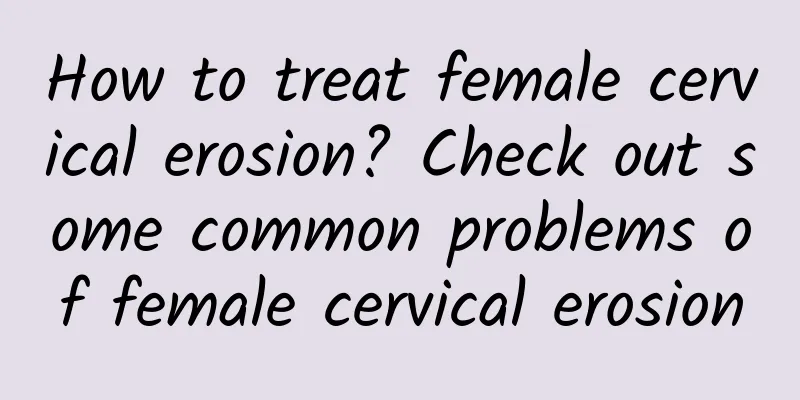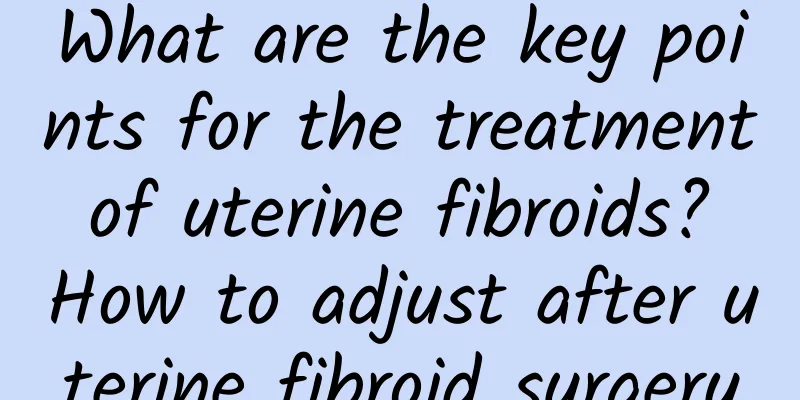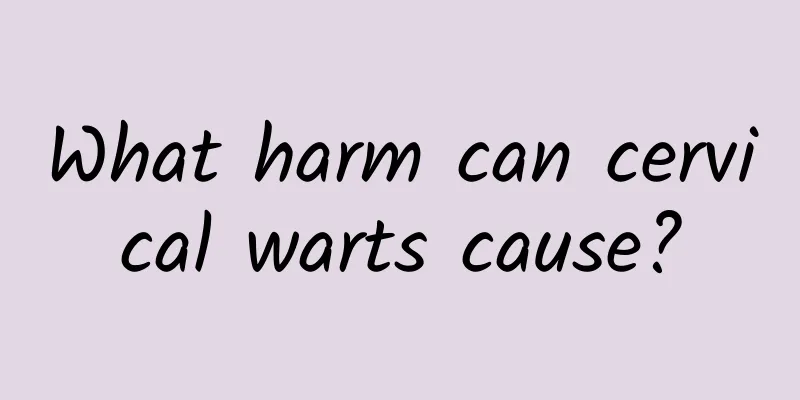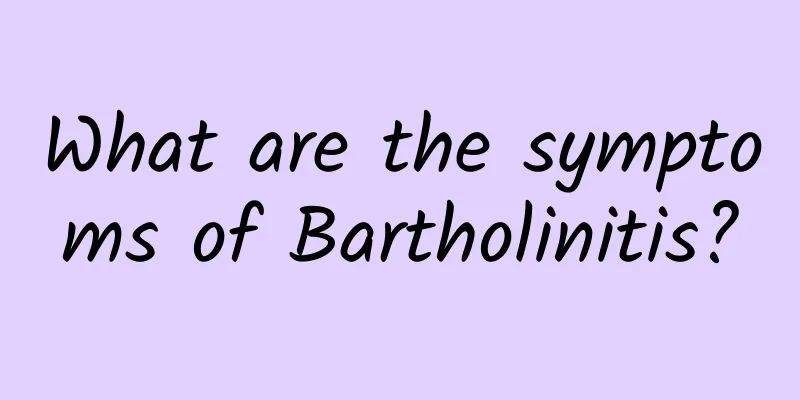What is the TCM name for uterine leiomyoma? What is uterine leiomyoma?
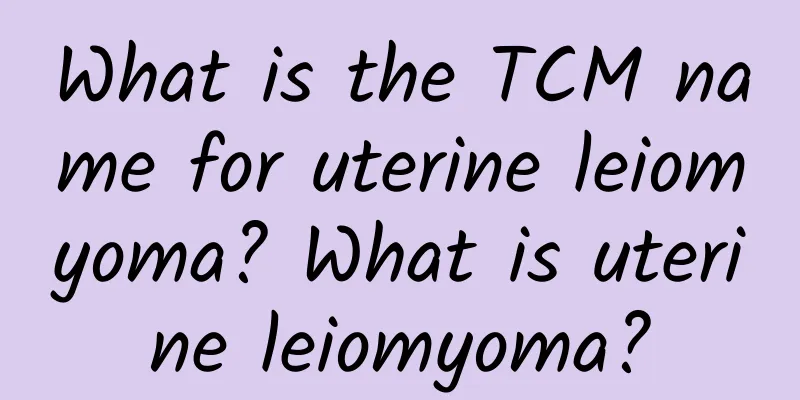
|
Uterine leiomyoma is a common gynecological disease, also known as uterine fibroids or uterine fibroids. It refers to benign masses that grow in the wall of the uterus and are composed of the smooth muscle cells of the uterus. In medicine, uterine leiomyoma is widely recognized as a disease related to fluctuations in estrogen levels, usually occurring during the reproductive age of patients. Symptoms of uterine leiomyoma include abnormal menstrual bleeding, menstrual cycle disorders, groin discomfort, back pain, and difficulty urinating and defecating. Although uterine leiomyoma is generally benign, in some cases it may cause discomfort and pain, and even interfere with daily life and fertility. There are many treatments for uterine leiomyoma, including medication, surgery, and traditional Chinese medicine. For patients who choose traditional Chinese medicine to treat uterine leiomyoma, many people may want to know the name of uterine leiomyoma in traditional Chinese medicine. In TCM, uterine leiomyoma is usually called "uterine fibroid" or "uterine fibroid". TCM believes that uterine leiomyoma is caused by poor circulation of qi and blood, which leads to qi stagnation, blood stasis and dampness in the uterus. This understanding is somewhat different from the etiology theory of Western medicine. The methods of TCM treatment for uterine leiomyoma mainly include regulating qi and blood, promoting blood circulation and removing blood stasis, removing phlegm and removing dampness, etc. Commonly used Chinese medicines include angelica, chuanxiong, white peony root, safflower, etc. These Chinese medicines are believed to have the effect of promoting blood circulation and removing blood stasis, which can promote blood circulation in the uterus and relieve blood stasis symptoms. TCM therapies such as acupuncture and cupping are also widely used in the treatment of uterine leiomyoma. It is worth noting that in traditional Chinese medicine, although uterine leiomyoma has its own name, the key to treatment is still to conduct a comprehensive analysis and conditioning based on the individual patient's physical condition and disease characteristics. Therefore, for patients with uterine leiomyoma, when choosing traditional Chinese medicine treatment, they should seek the guidance of professional traditional Chinese medicine practitioners to ensure the best treatment effect. Uterine leiomyoma is a common gynecological disease, which is usually called "uterine fibroids" or "uterine fibroids" in traditional Chinese medicine. Traditional Chinese medicine treatment of uterine leiomyoma mainly starts from regulating qi and blood, promoting blood circulation and removing blood stasis, and removing phlegm and dampness, and often uses traditional Chinese medicine, acupuncture and cupping treatment methods. When choosing traditional Chinese medicine treatment, patients should seek guidance from professional traditional Chinese medicine practitioners to obtain the best therapeutic effect. |
<<: What are the 6 signs of uterine fibroids? What are the symptoms of uterine fibroids?
>>: What medicine can cure uterine fibroids? What medicine can cure uterine fibroids?
Recommend
Will ovarian cyst surgery affect pregnancy?
Will ovarian cyst surgery affect pregnancy? Gener...
How to take care of a woman who has a miscarriage
I believe everyone is more concerned about how to...
Why has my menstrual period suddenly decreased in the past few months?
Why did my menstrual period suddenly decrease in ...
Symptoms of amenorrhea due to spleen deficiency and dampness
The main symptoms of amenorrhea due to spleen def...
I have gout and can’t eat beans? Control uric acid first, no need to worry about imperial disease
If you have gout, you can’t eat beans? Doctors po...
Will cervical erosion recur after recovery?
Will cervical erosion recur after recovery? Cervi...
Does pregnancy with vaginitis and cervicitis affect the baby?
Does pregnancy with vaginitis and cervicitis affe...
Will ectopic pregnancy cause frequent urination?
Will ectopic pregnancy cause frequent urination? ...
Treatment of simple vaginitis
Simple vaginitis is a non-specific vaginitis, oft...
A brief introduction to daily preventive measures for vaginitis
Vaginitis is a common gynecological disease that ...
What are the precautions after uterine fibroid surgery?
Uterine fibroids are benign tumors formed by the ...
What are the dangers of ovarian cyst rupture?
What are the dangers of ovarian cyst rupture? Is ...
What medicine is good for irregular menstruation and general weakness?
Menstrual irregularity is a more common disease a...
What are the complications of abortion?
In recent years, more and more people have had ab...
Can abortion cause female infertility?
There are many reasons why people are unable to k...
